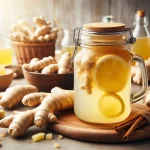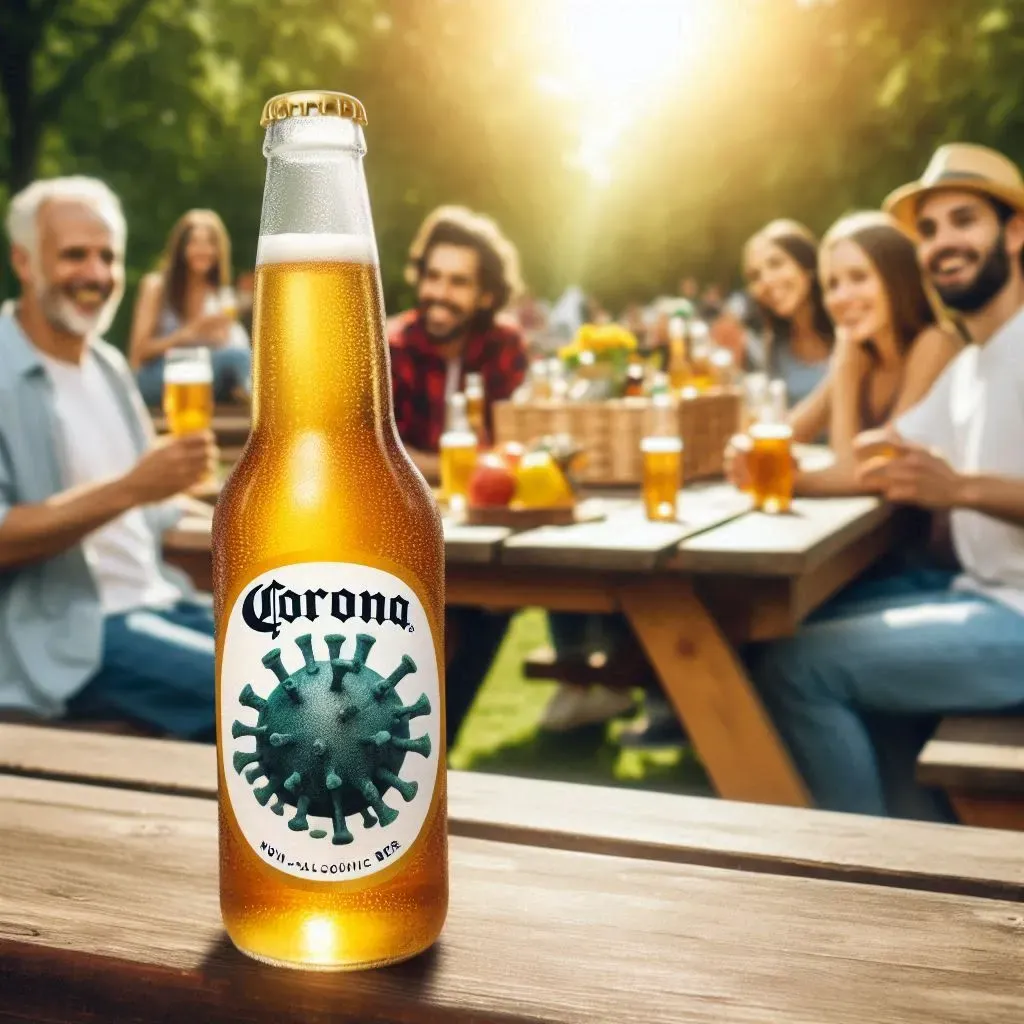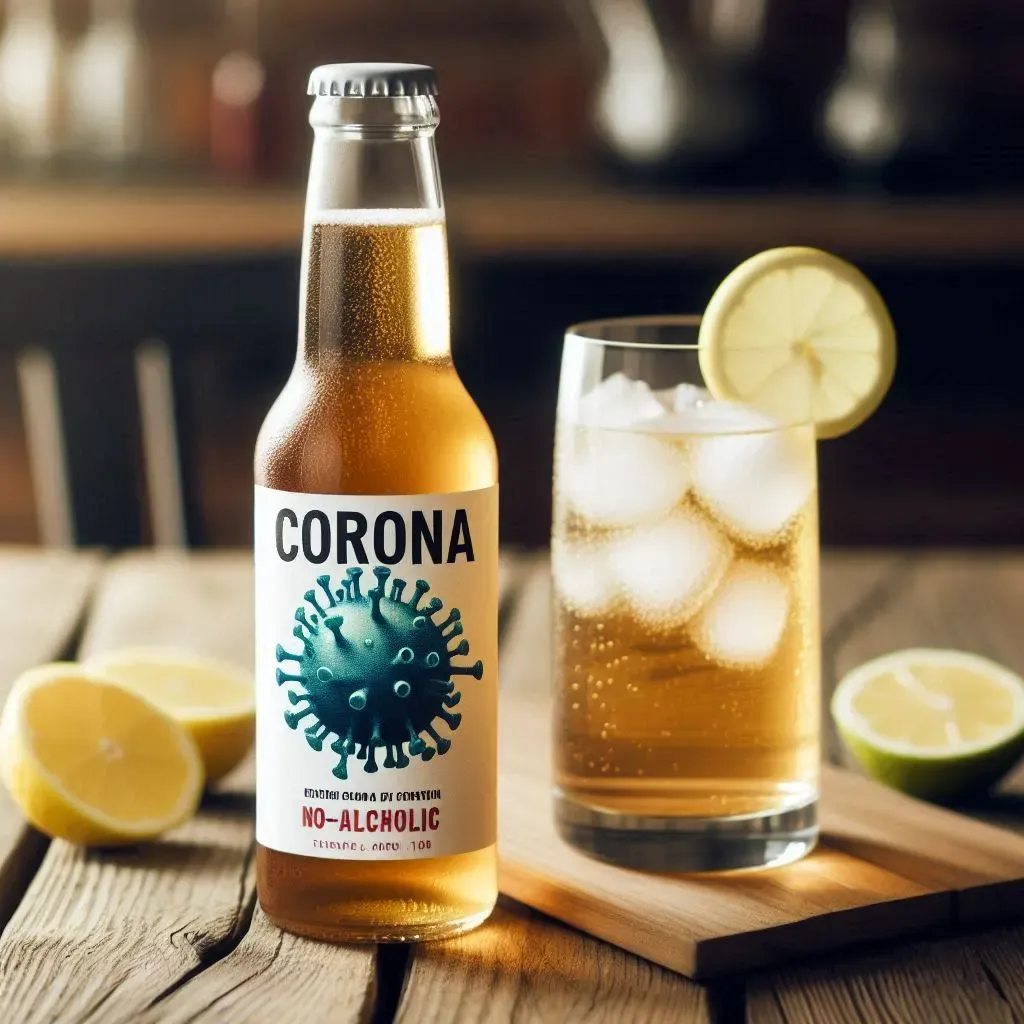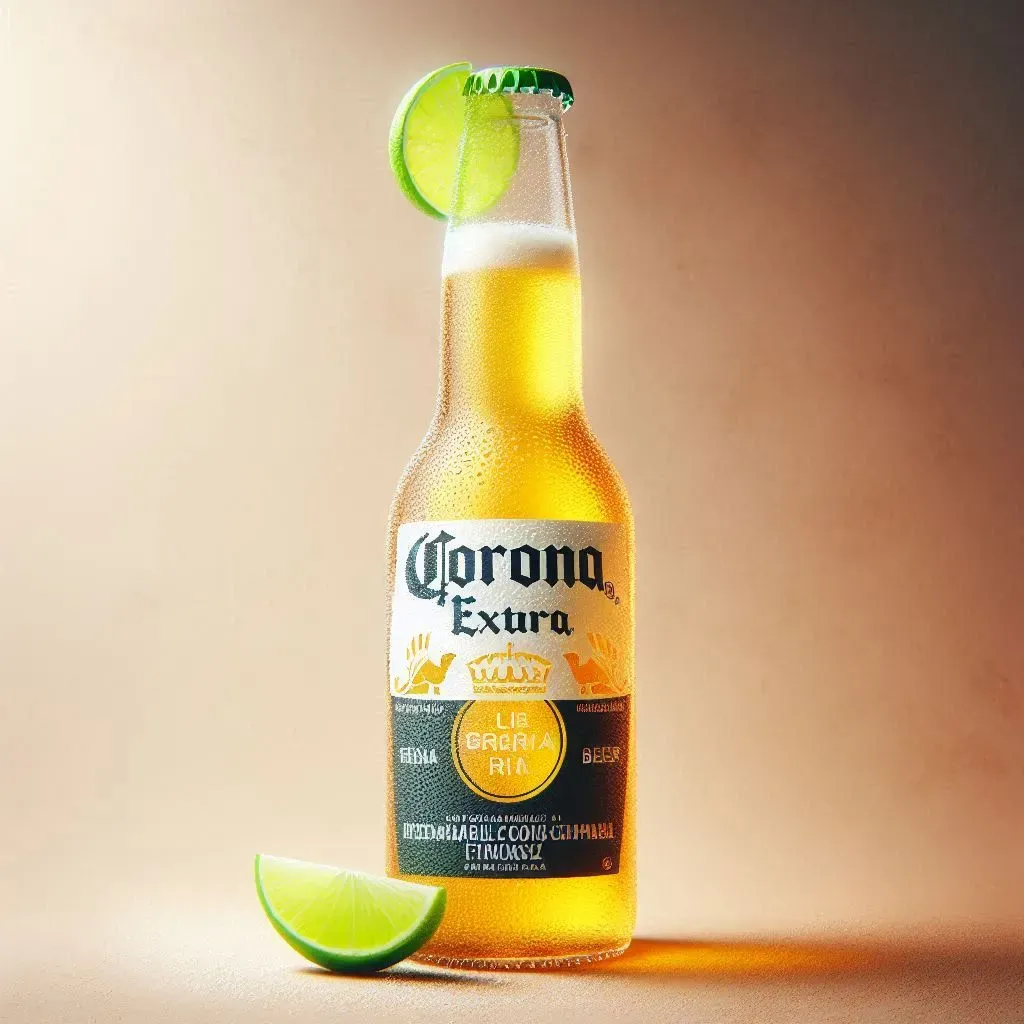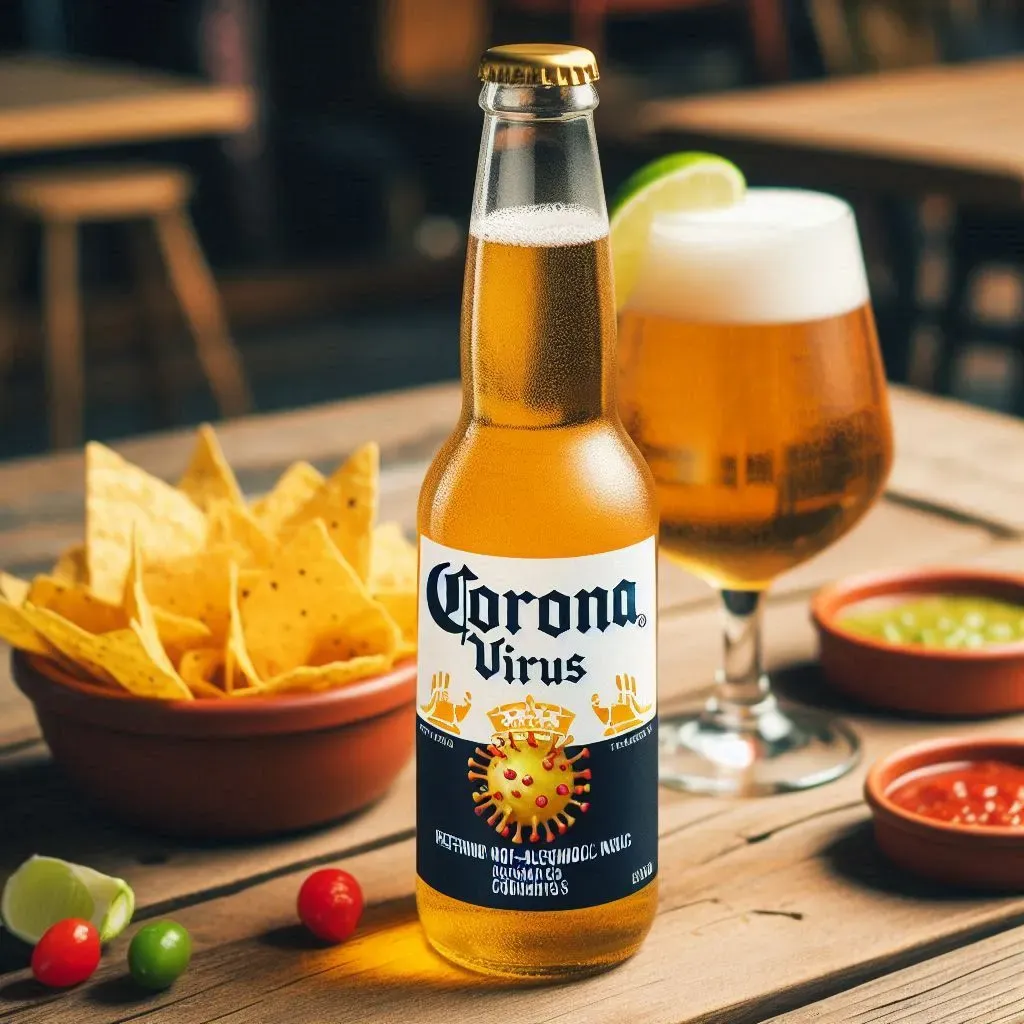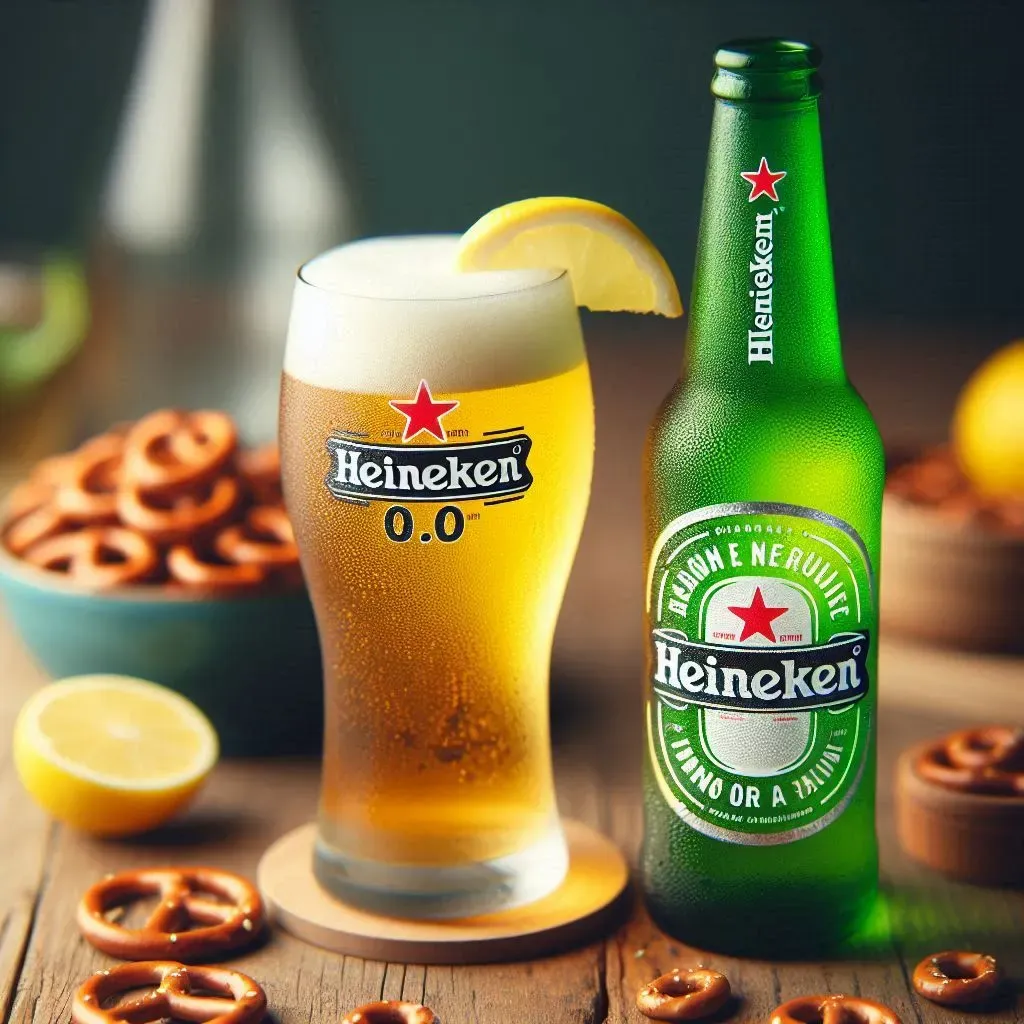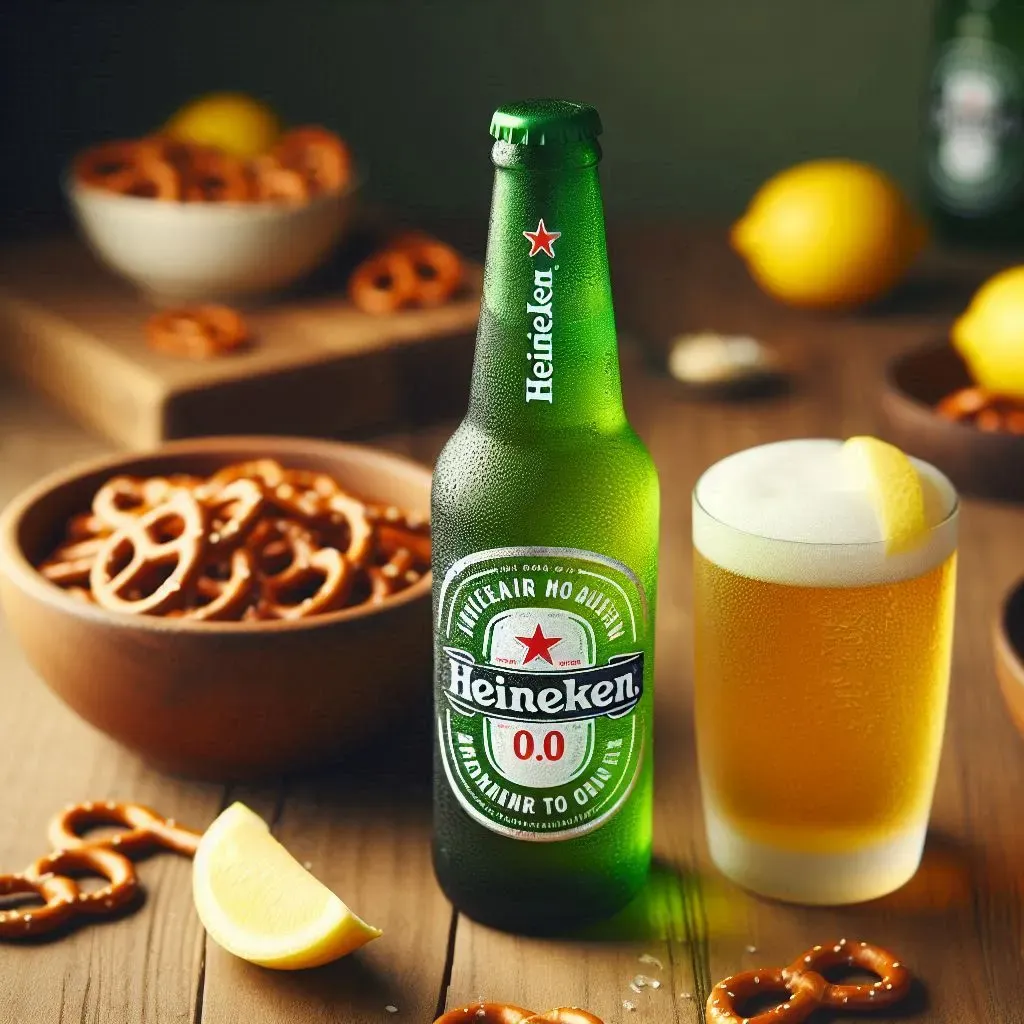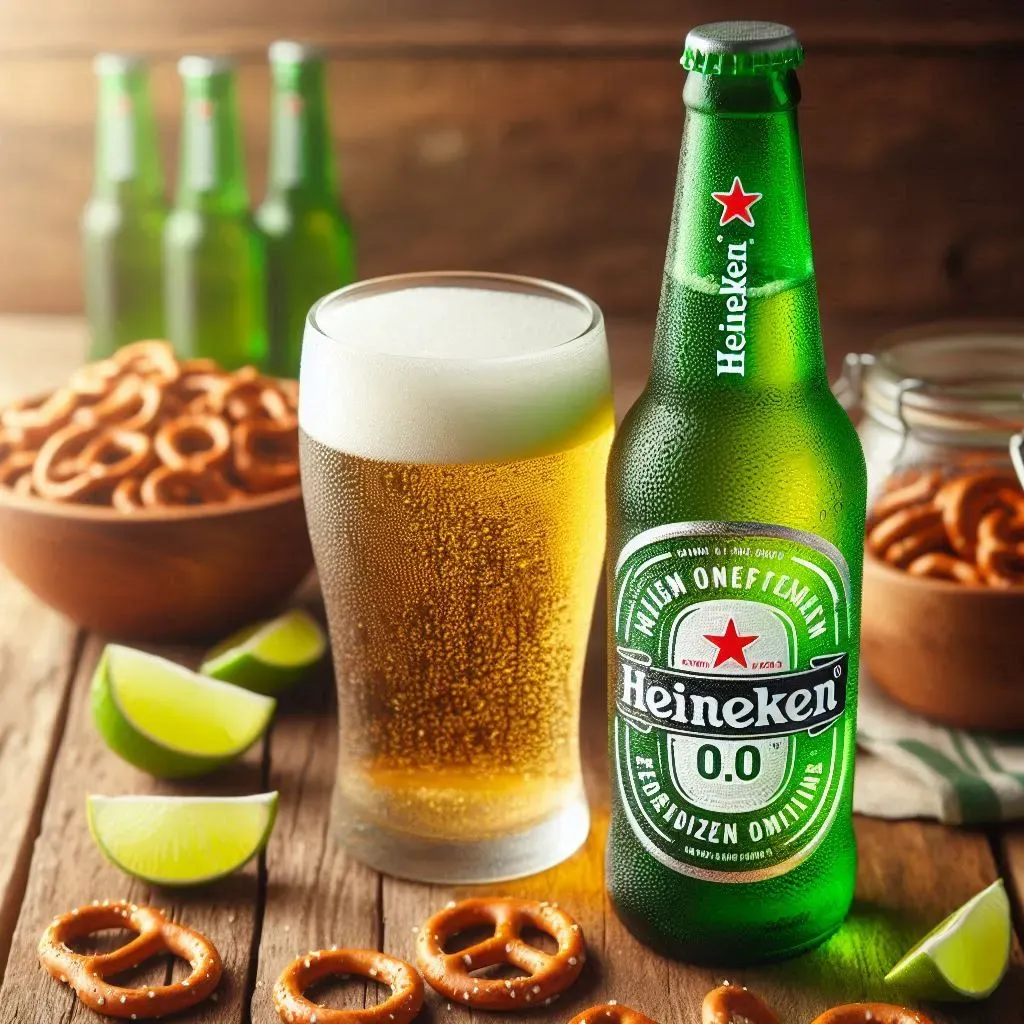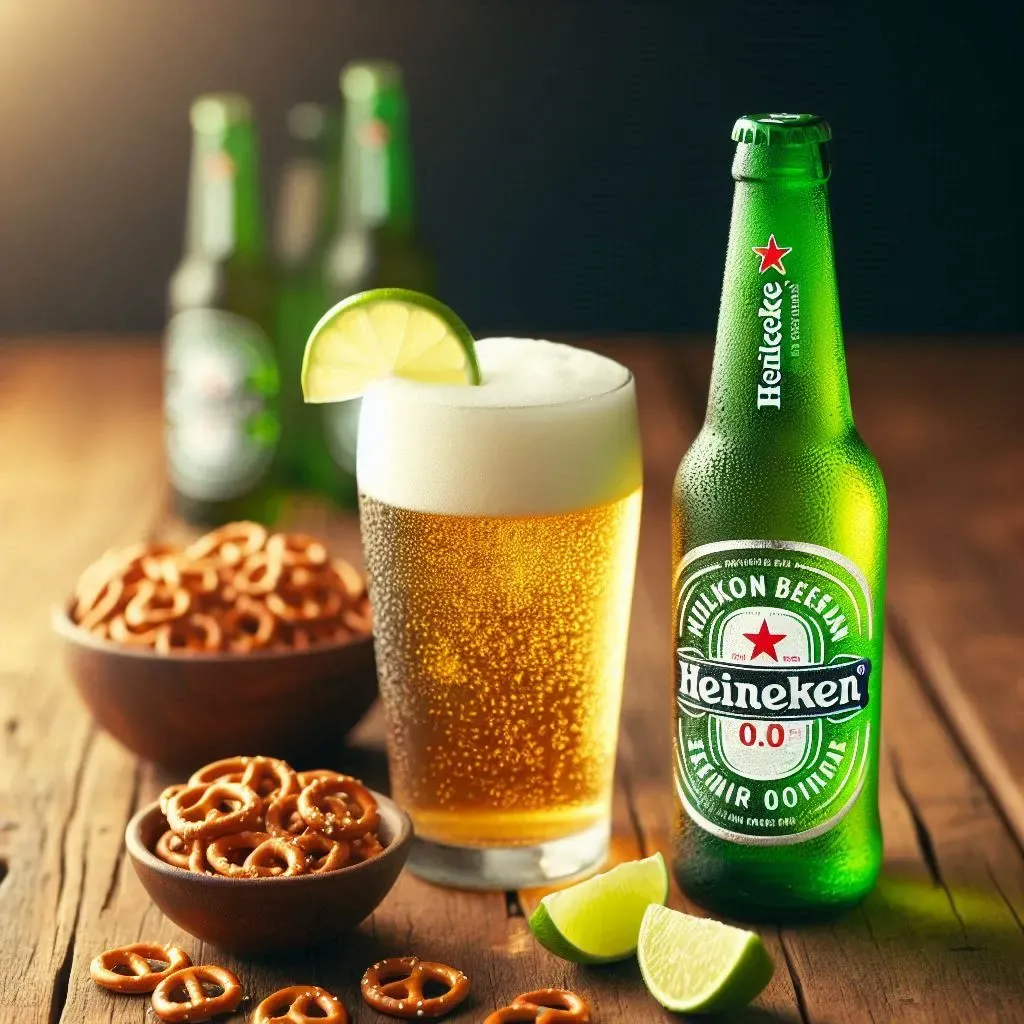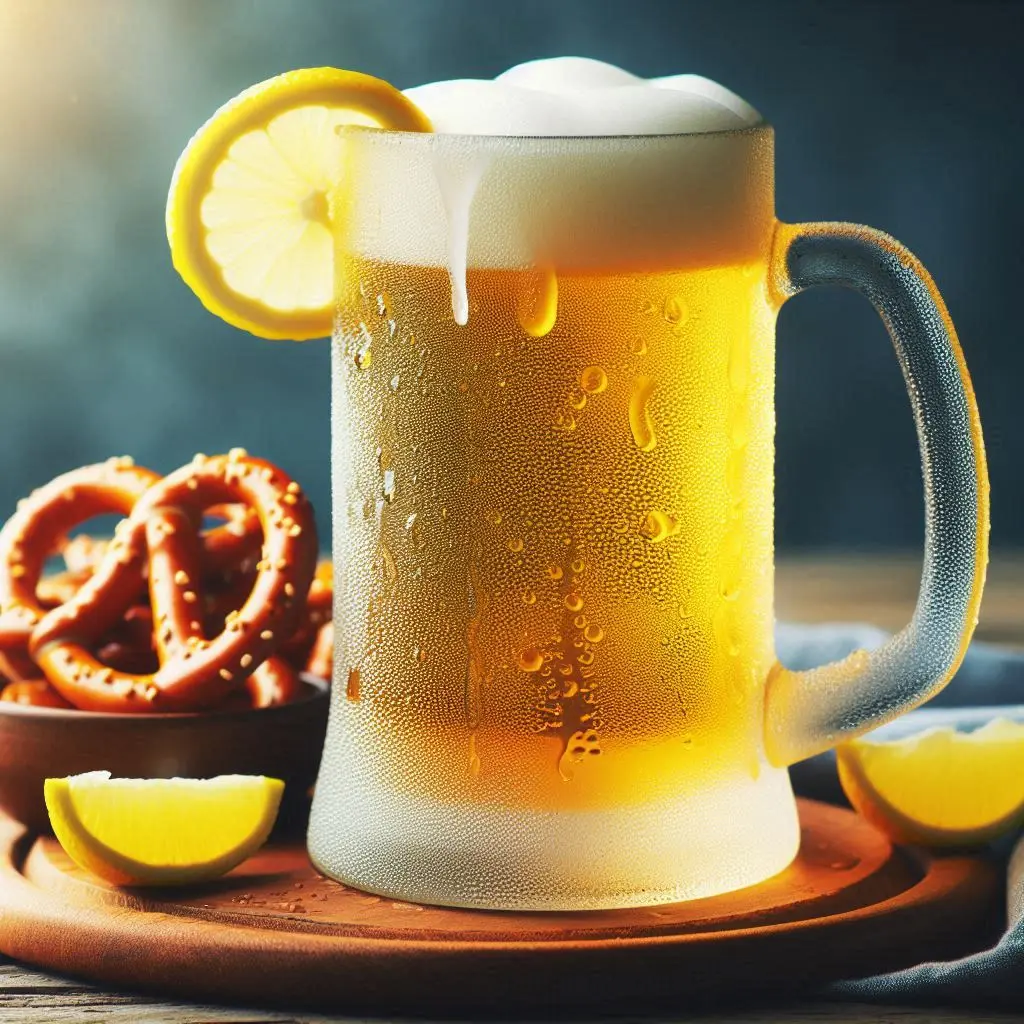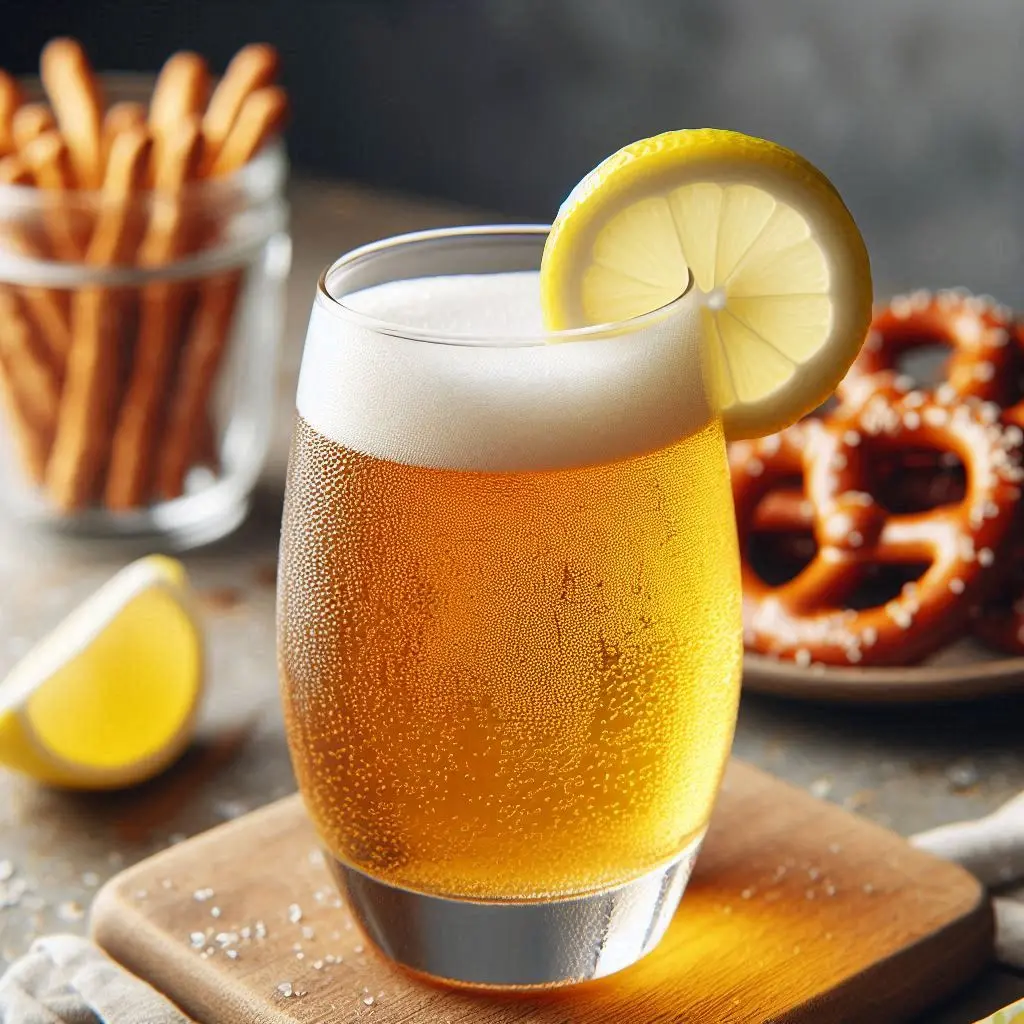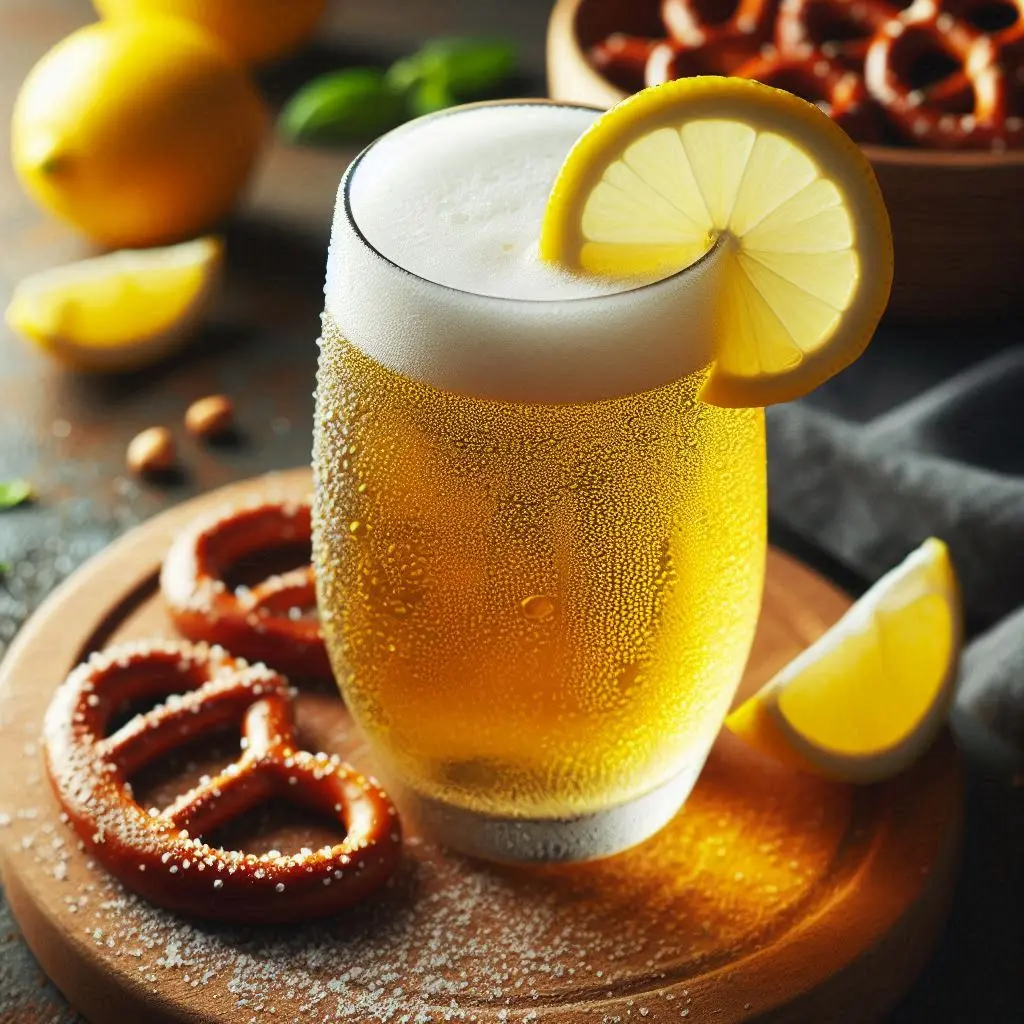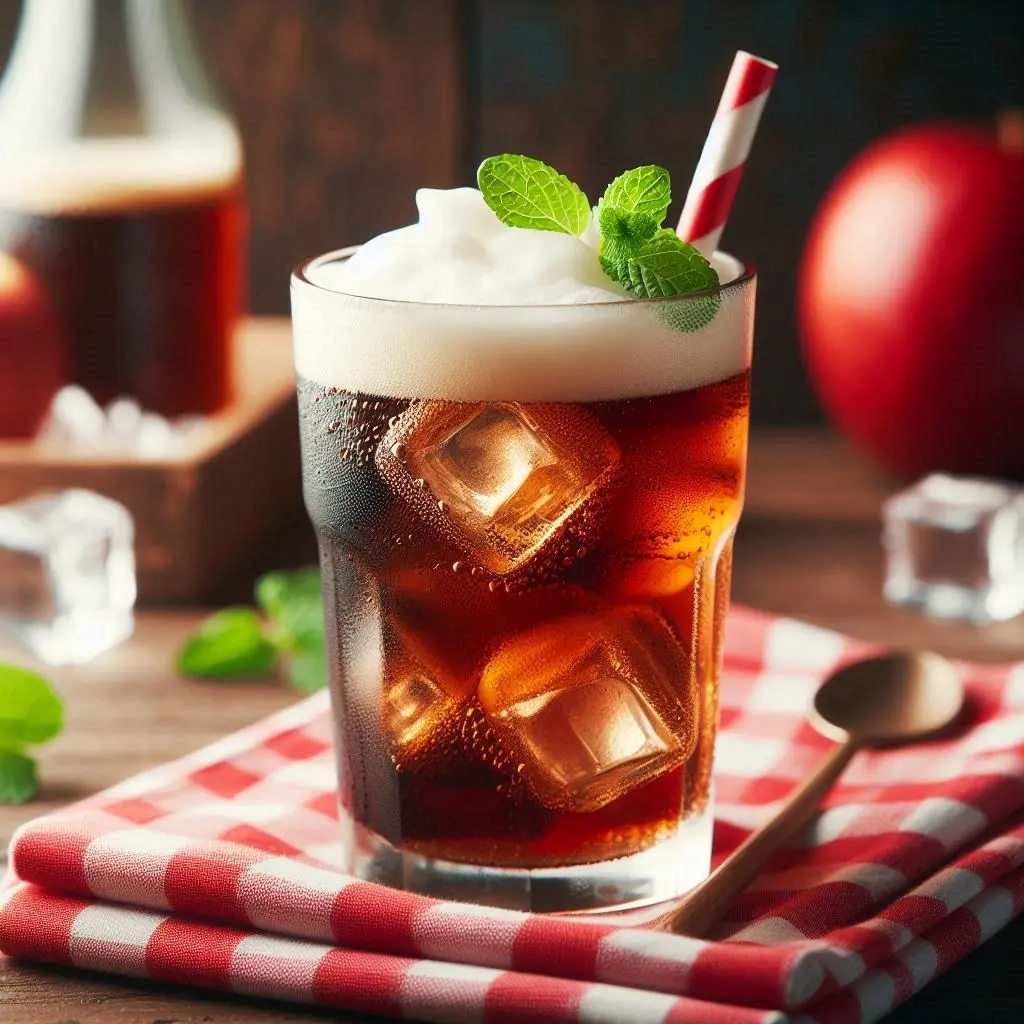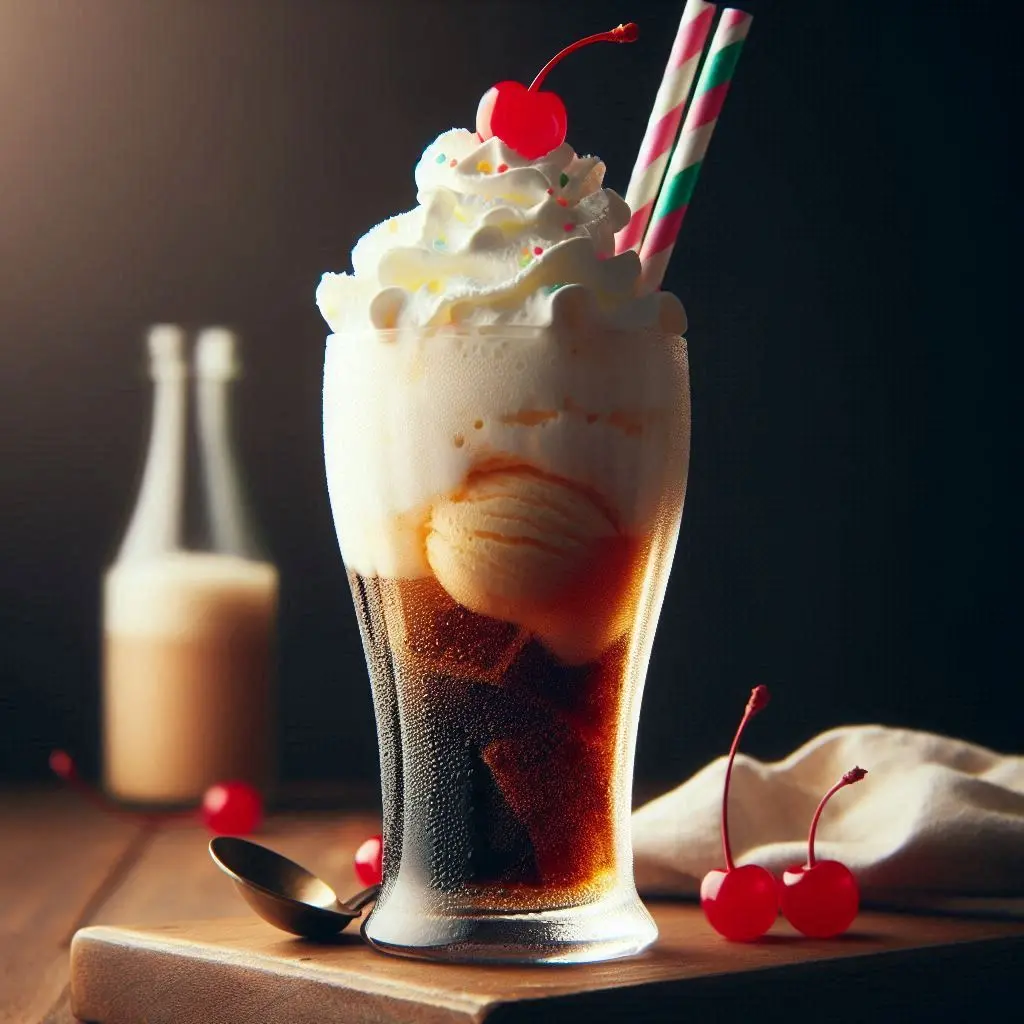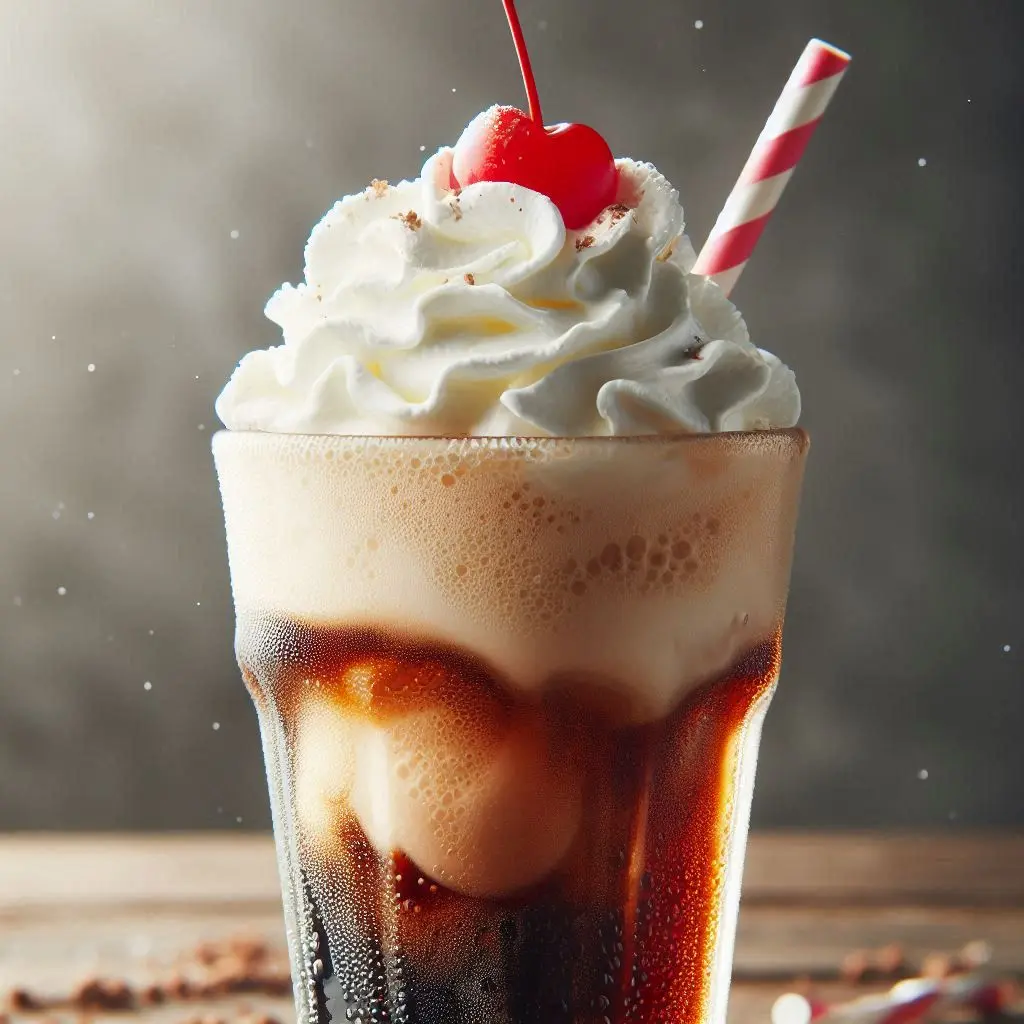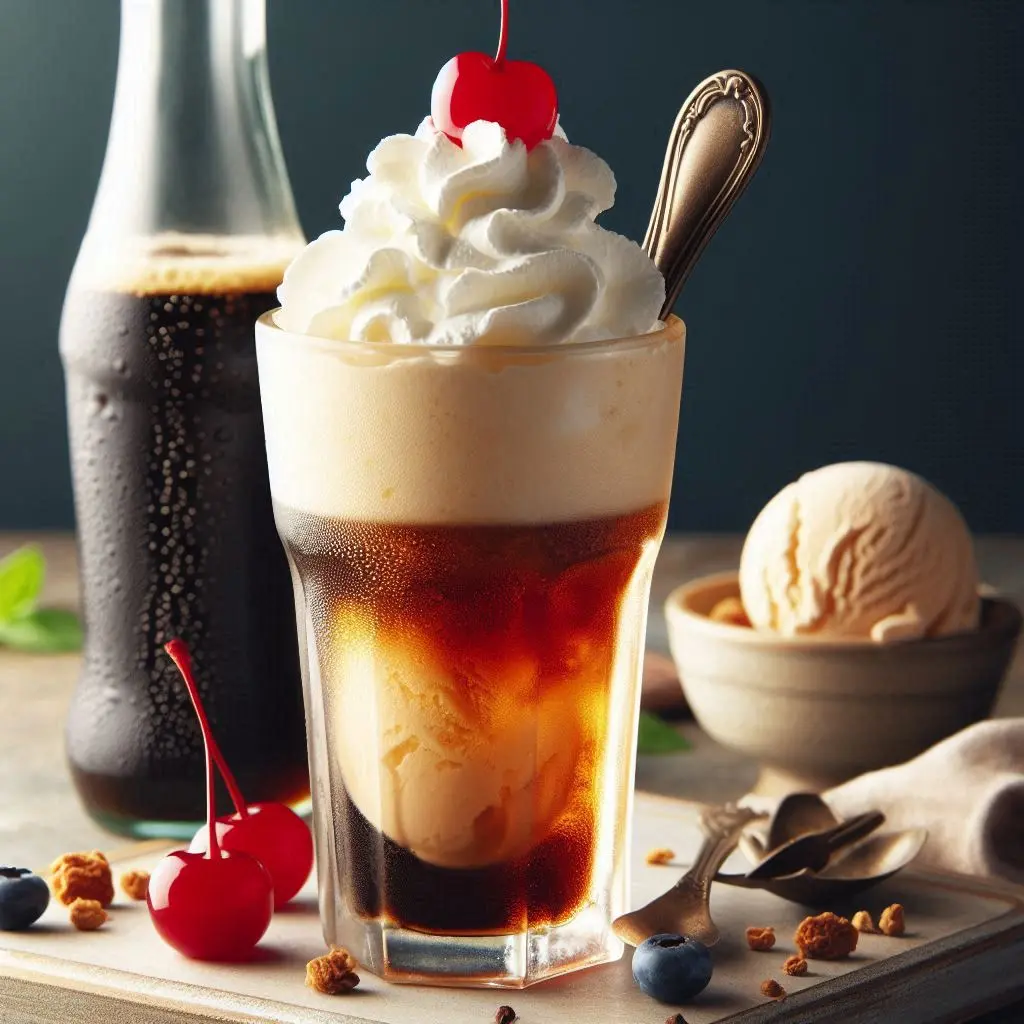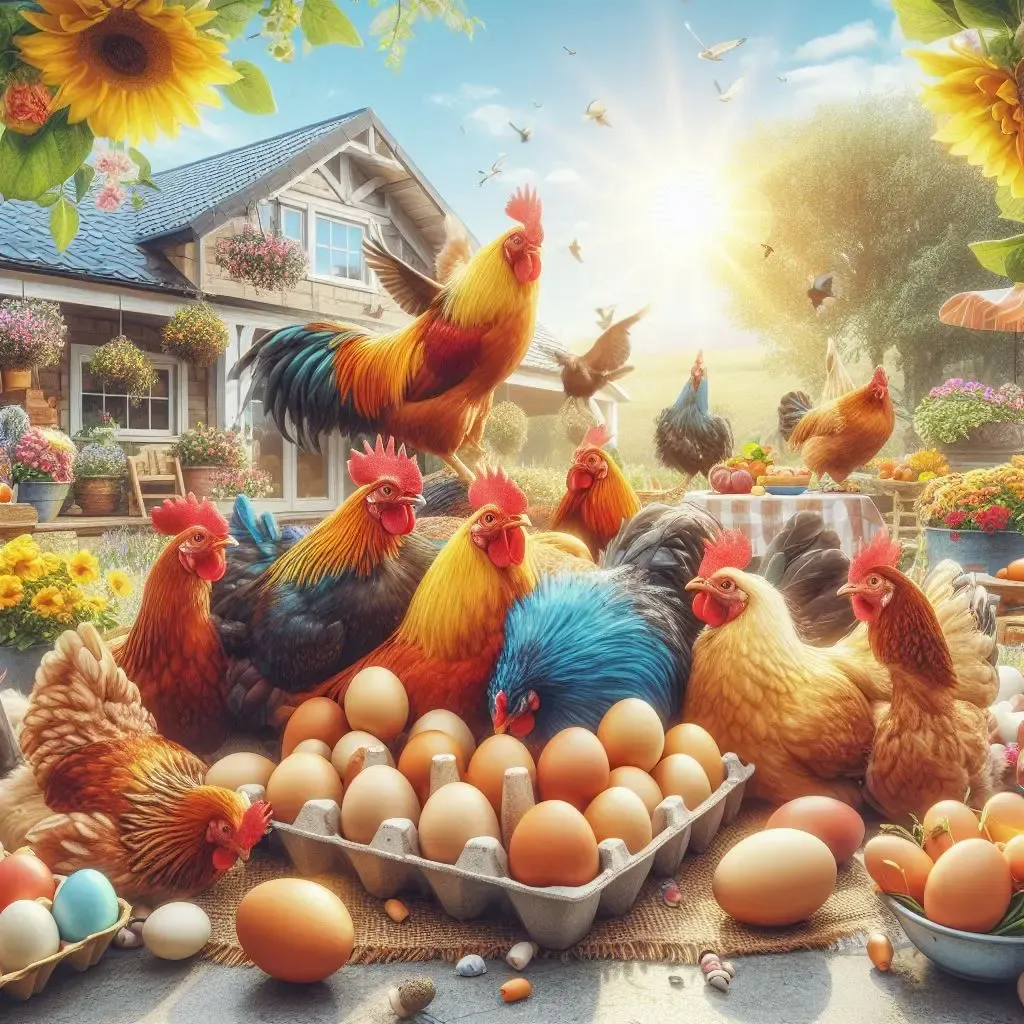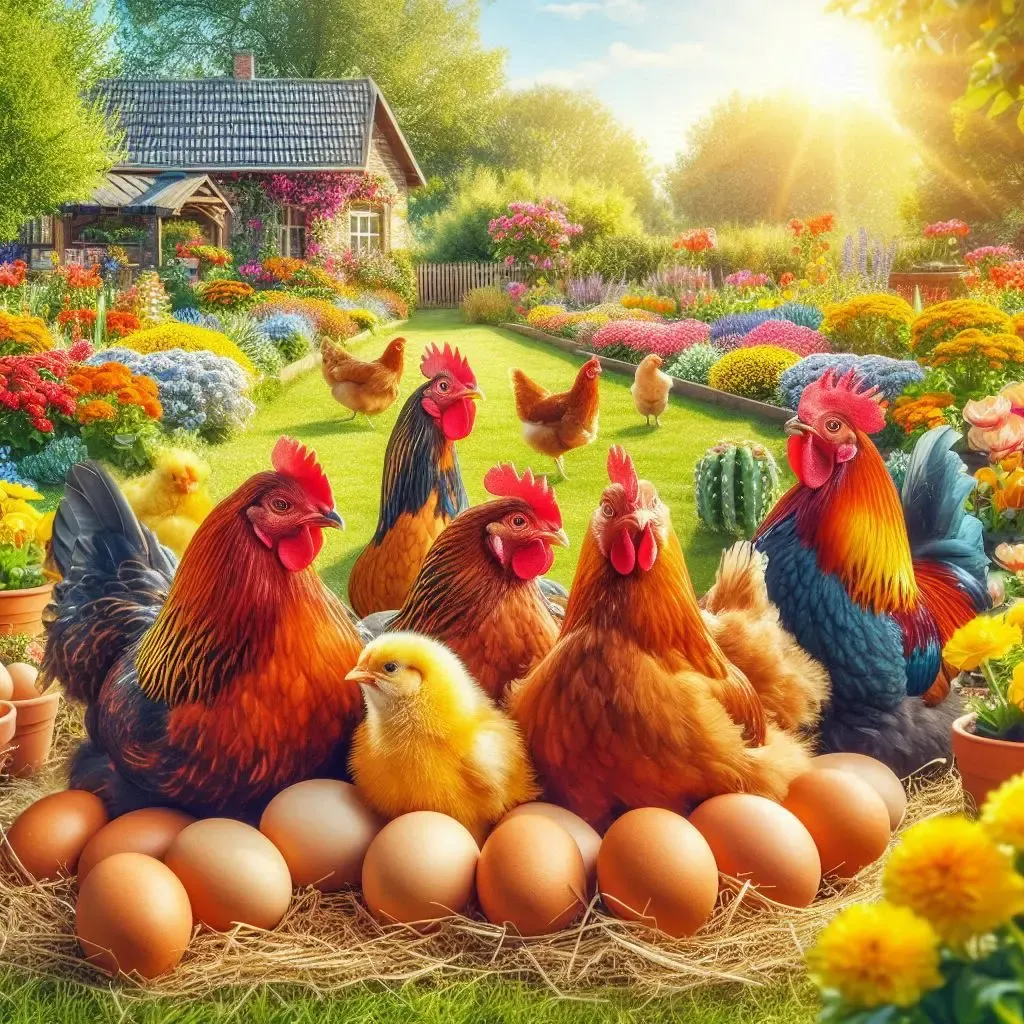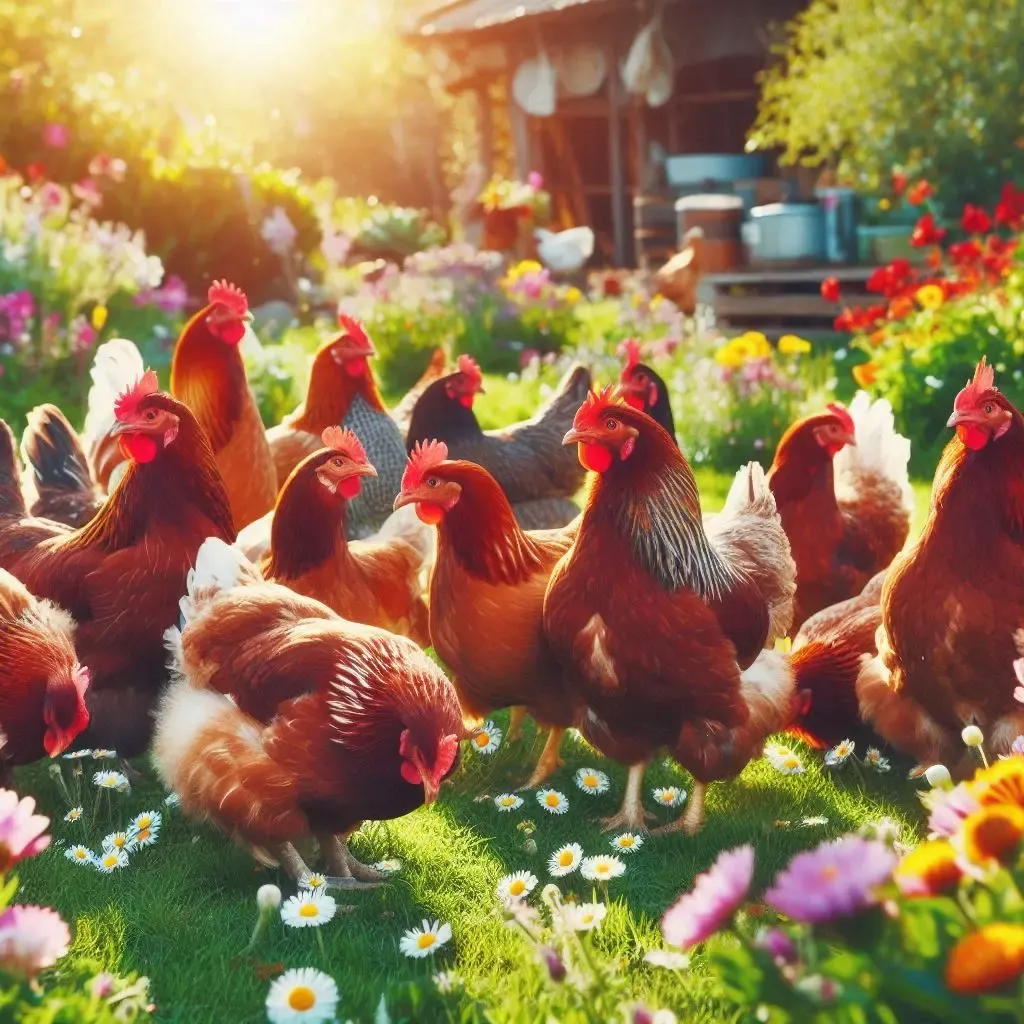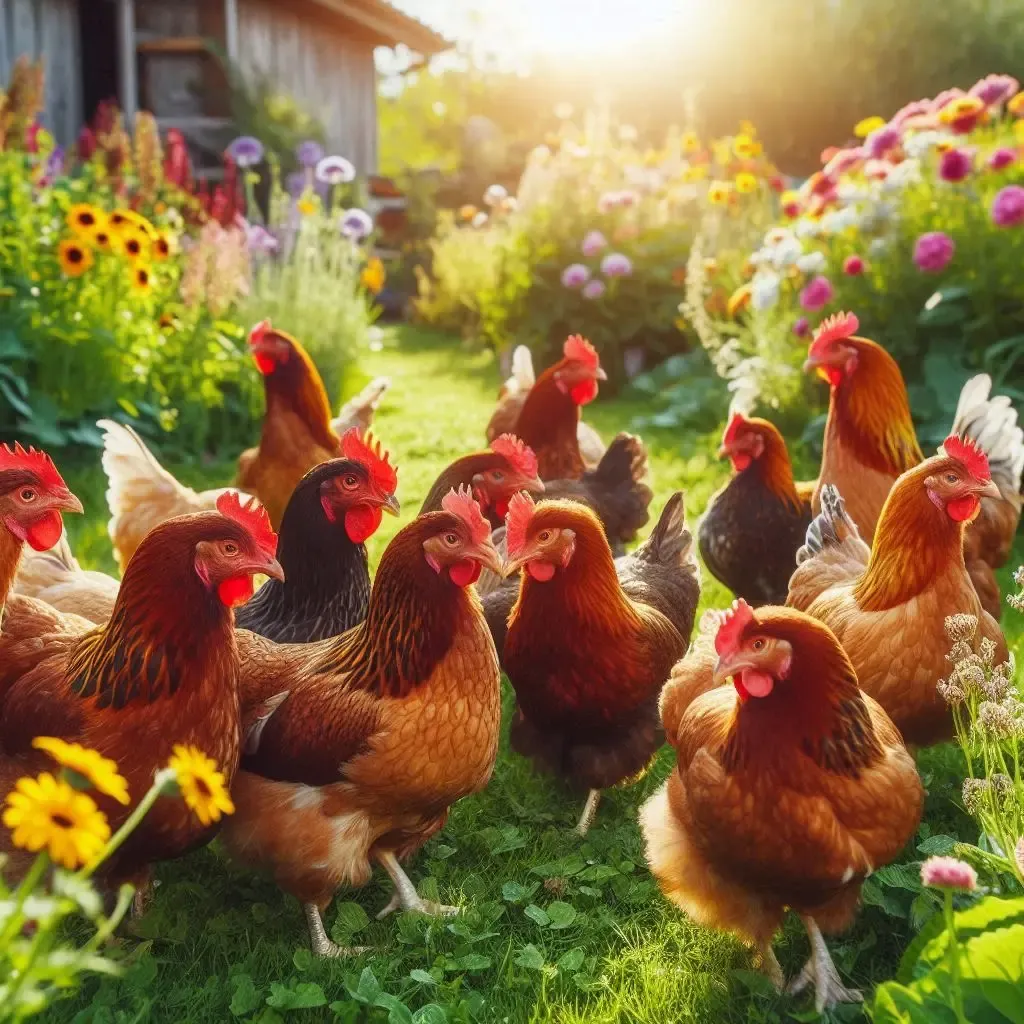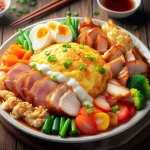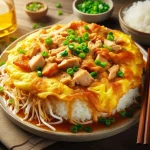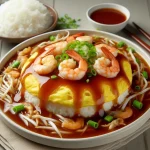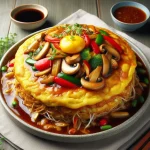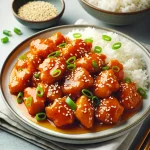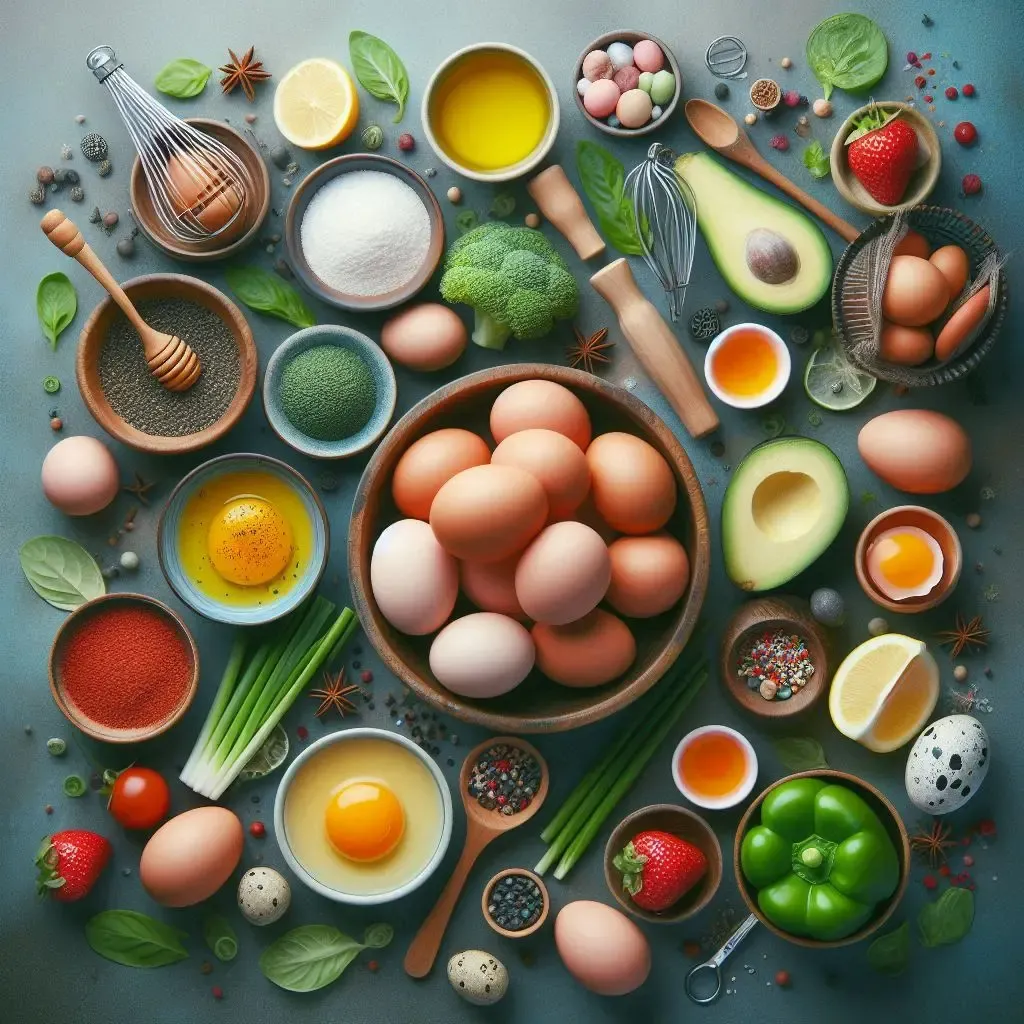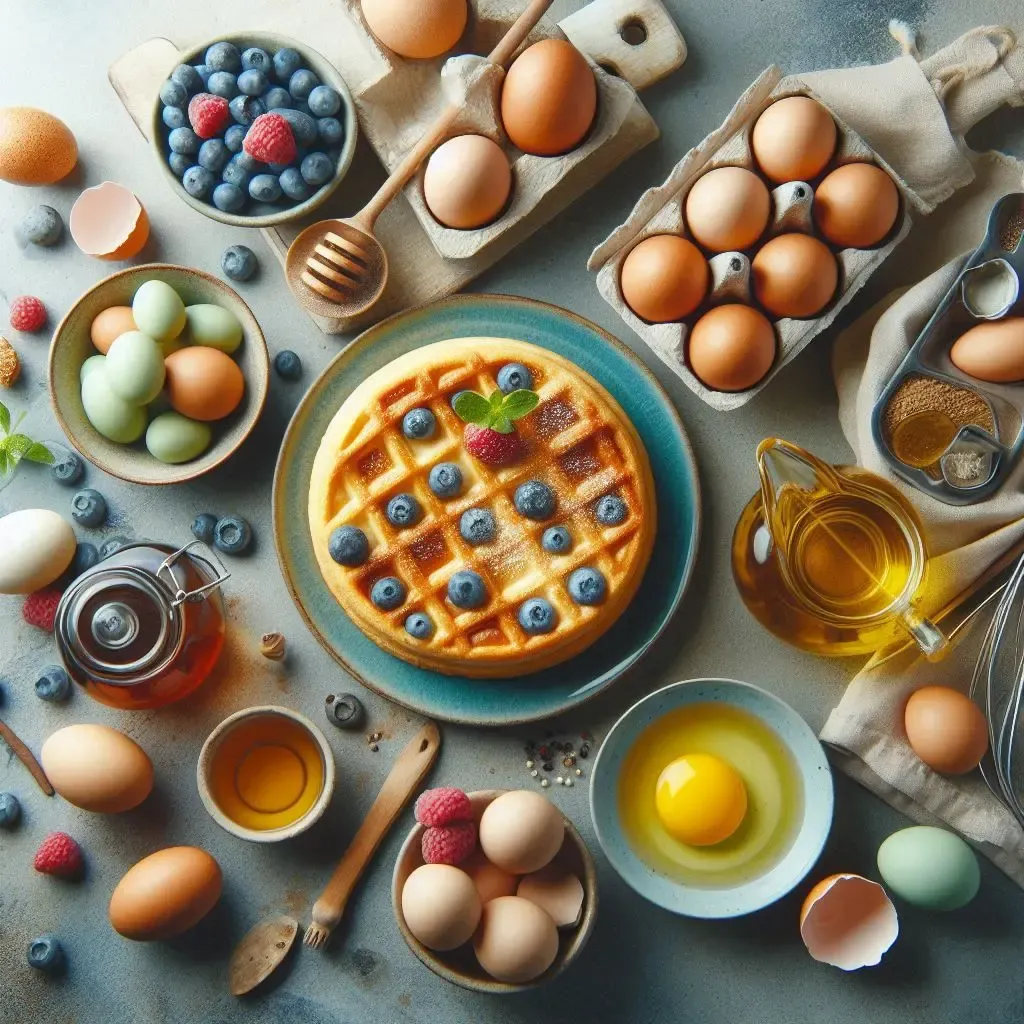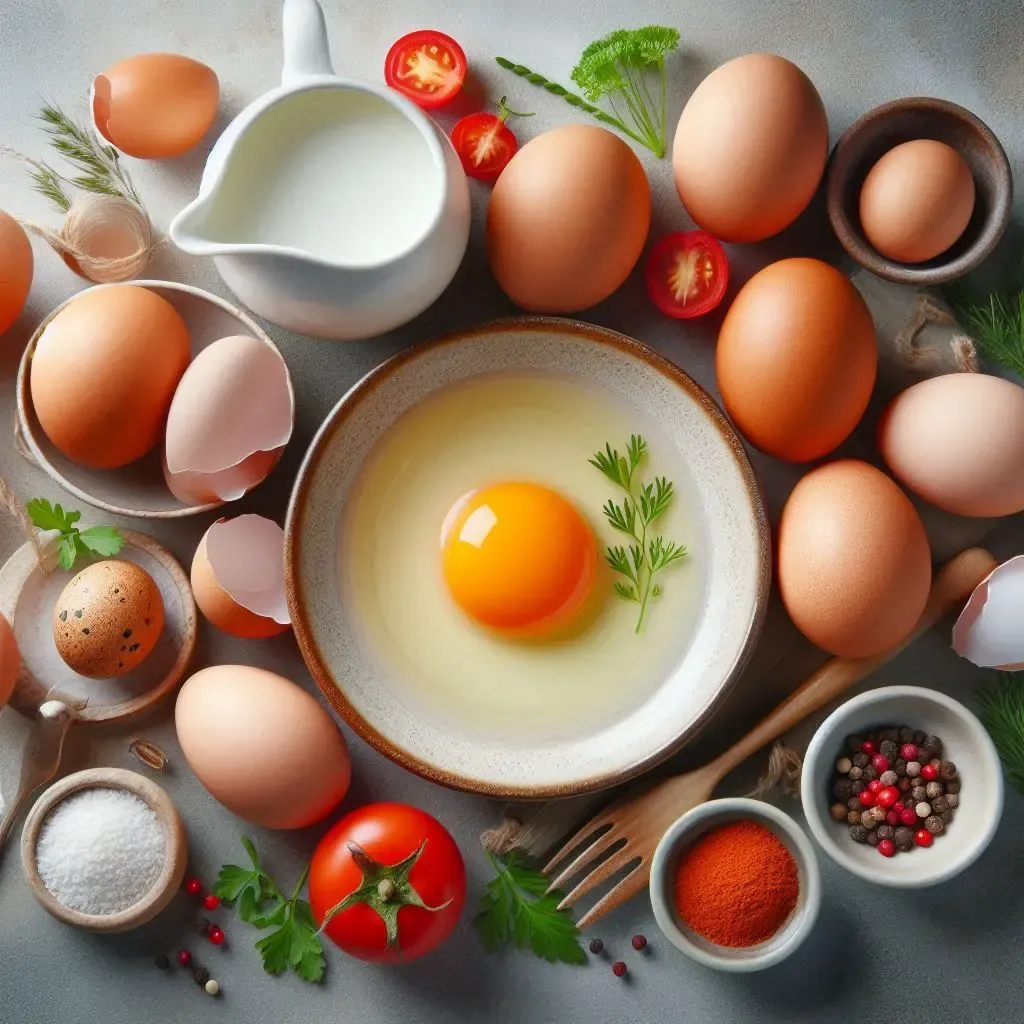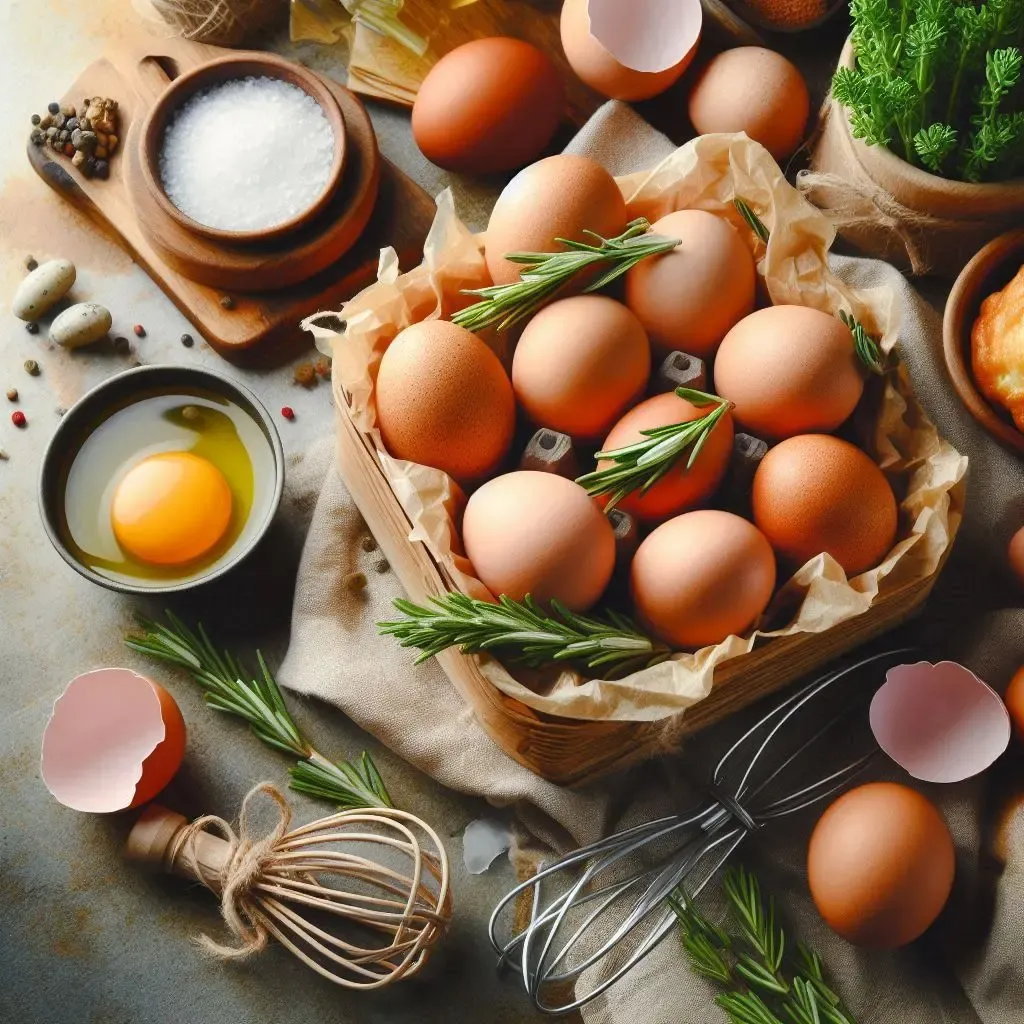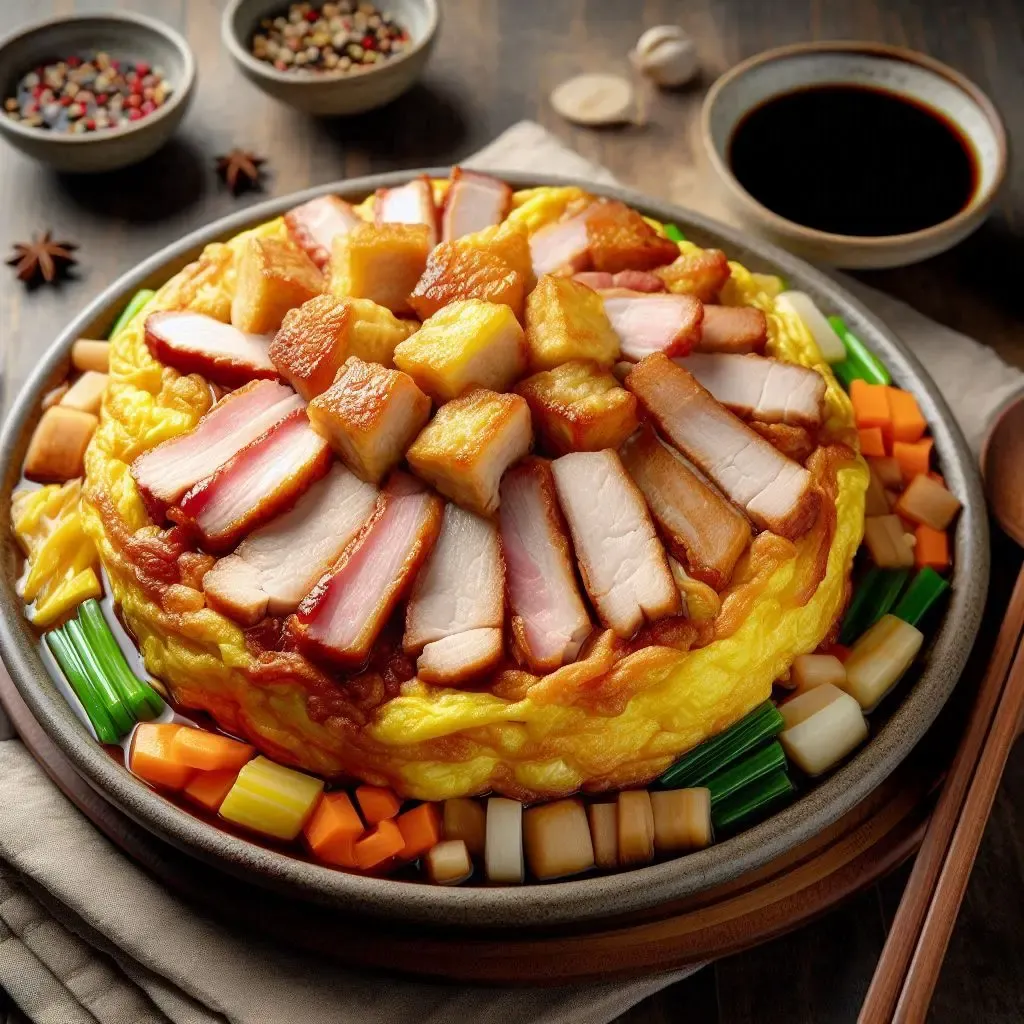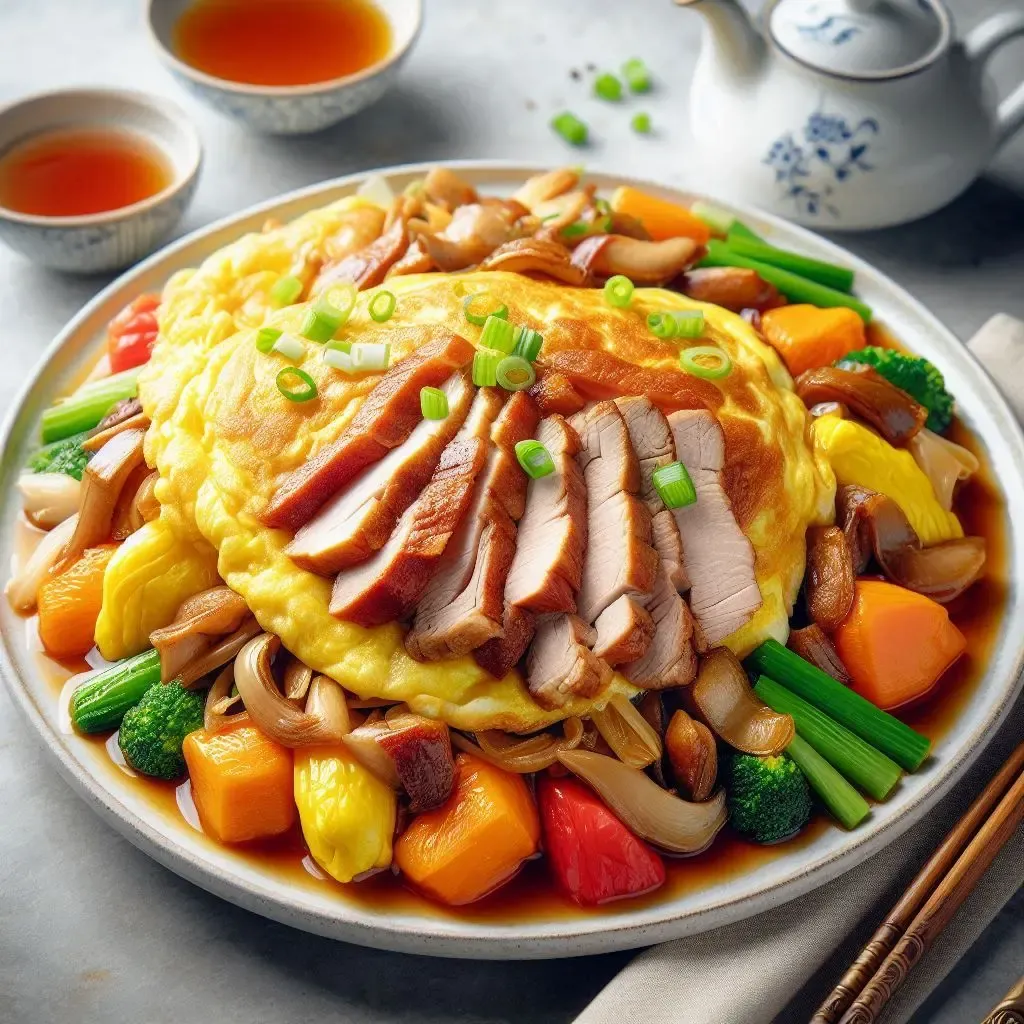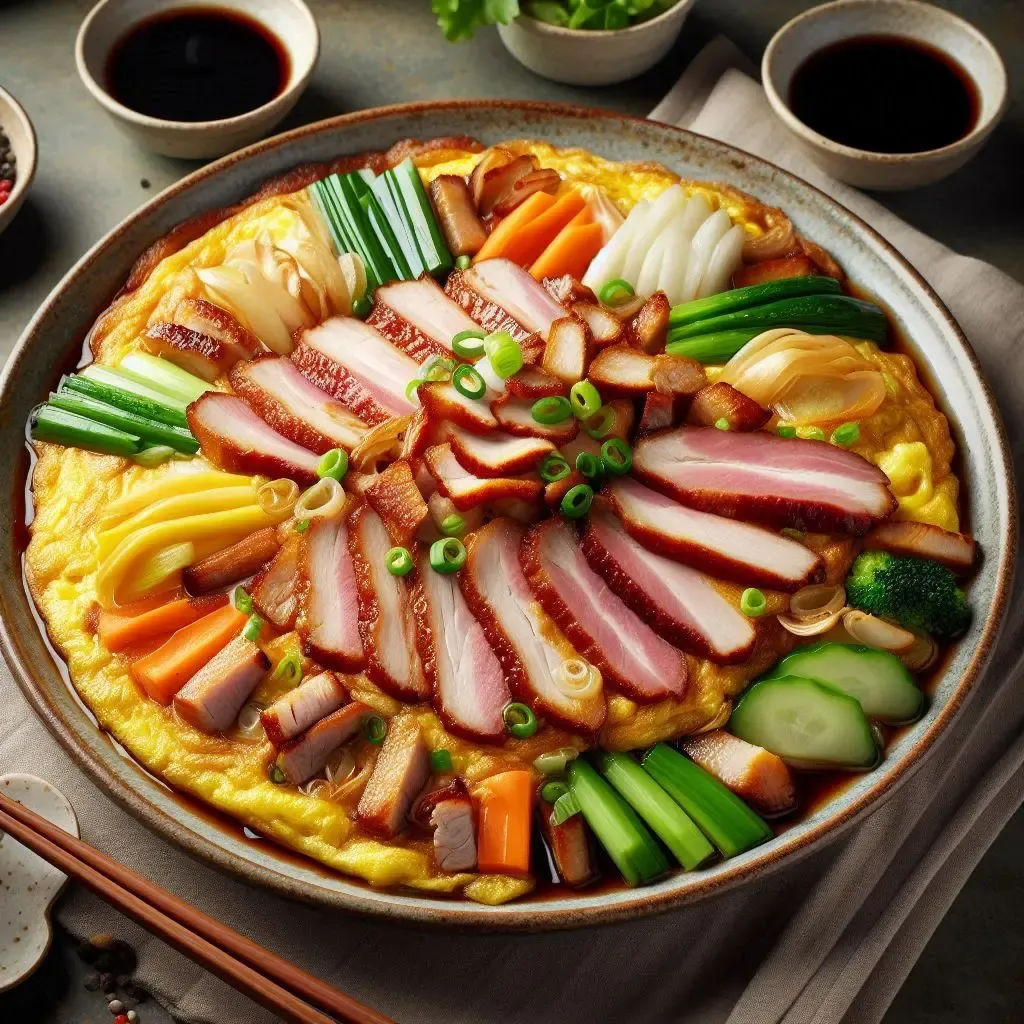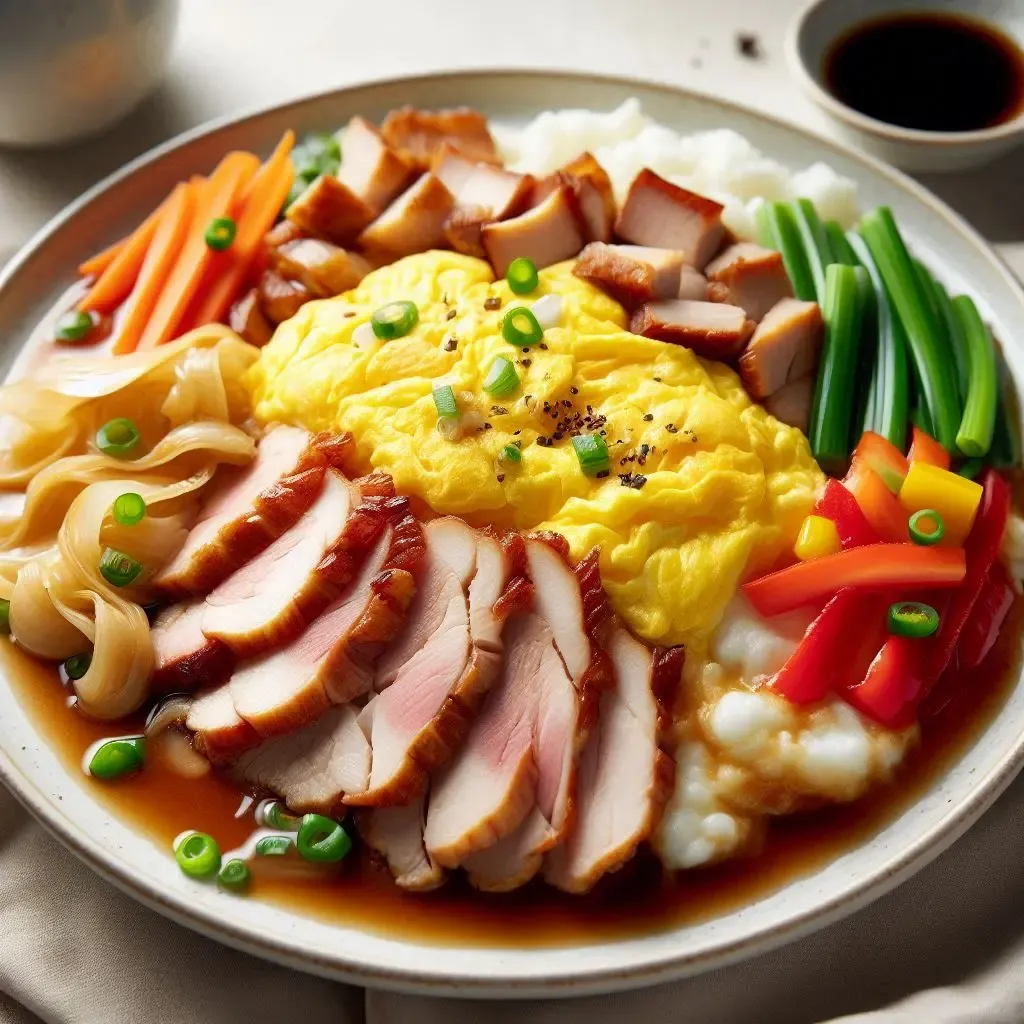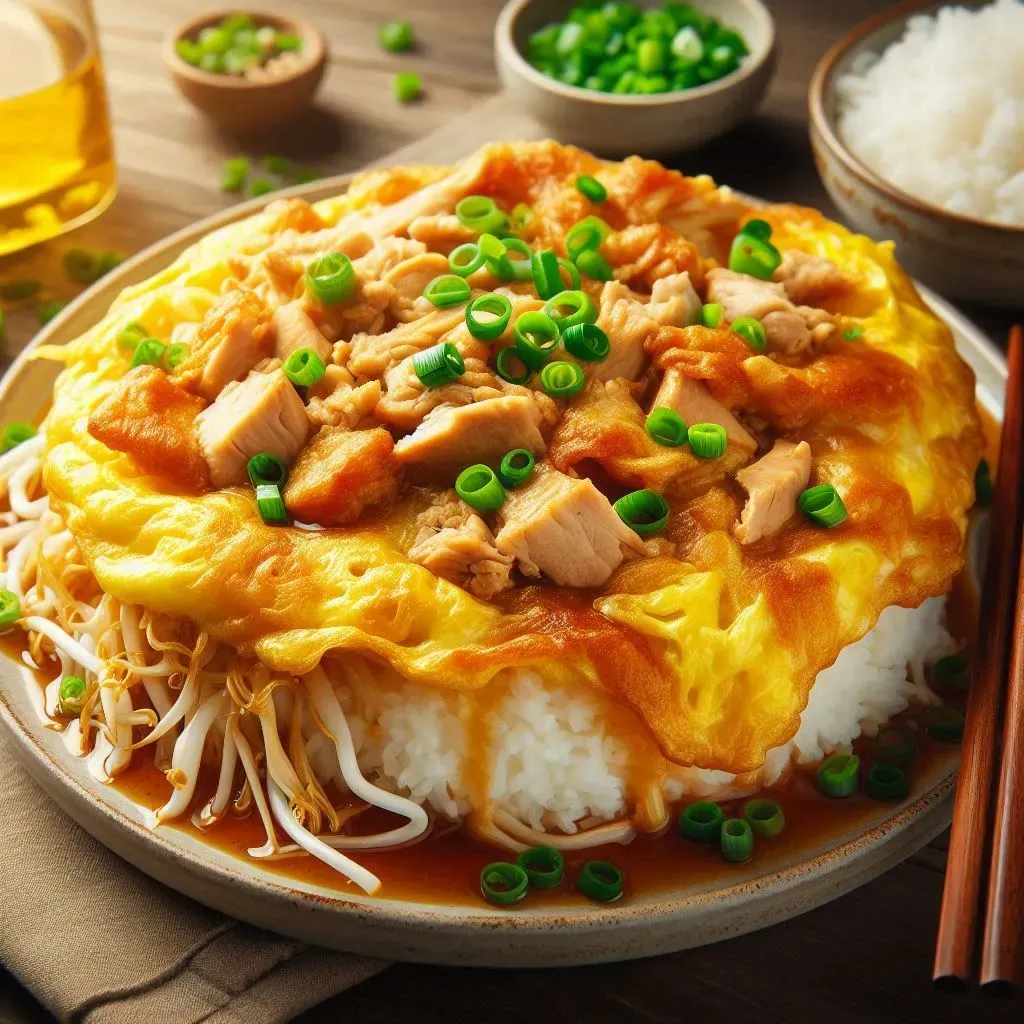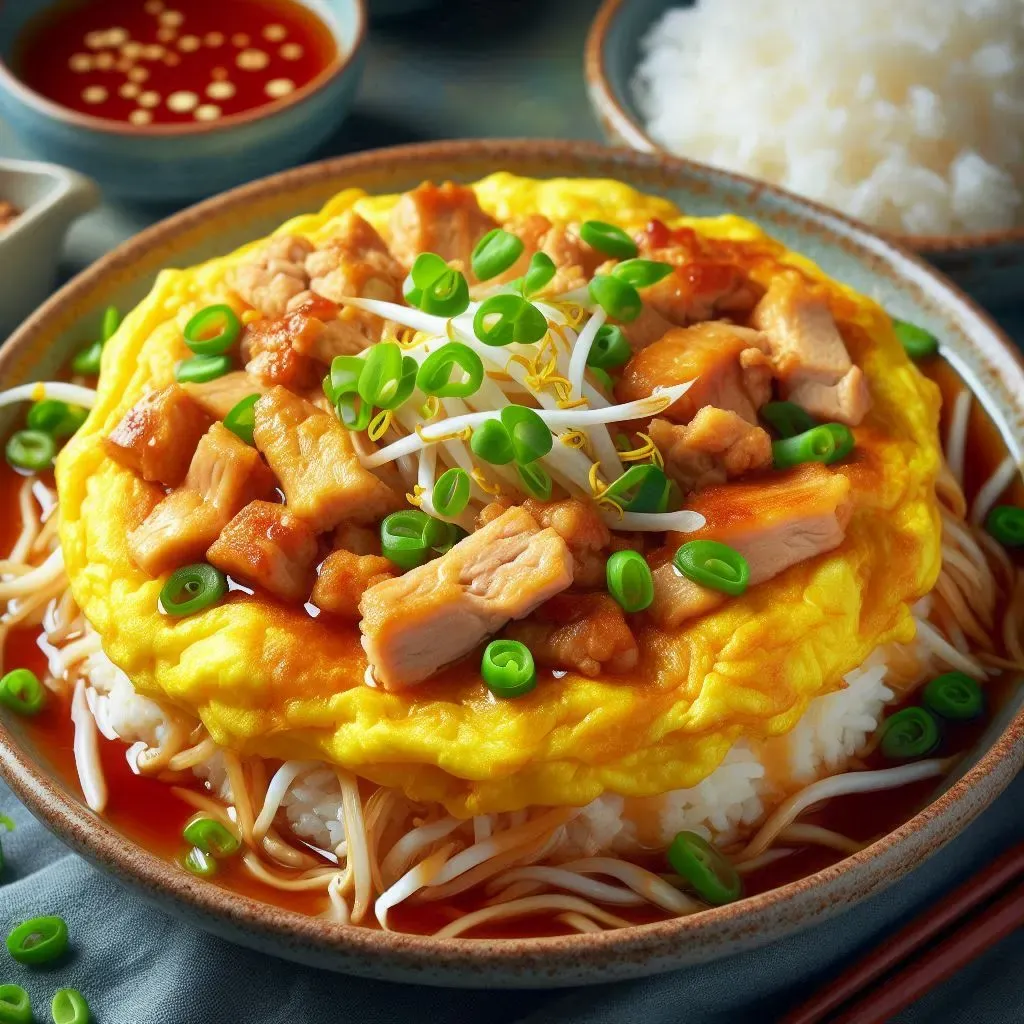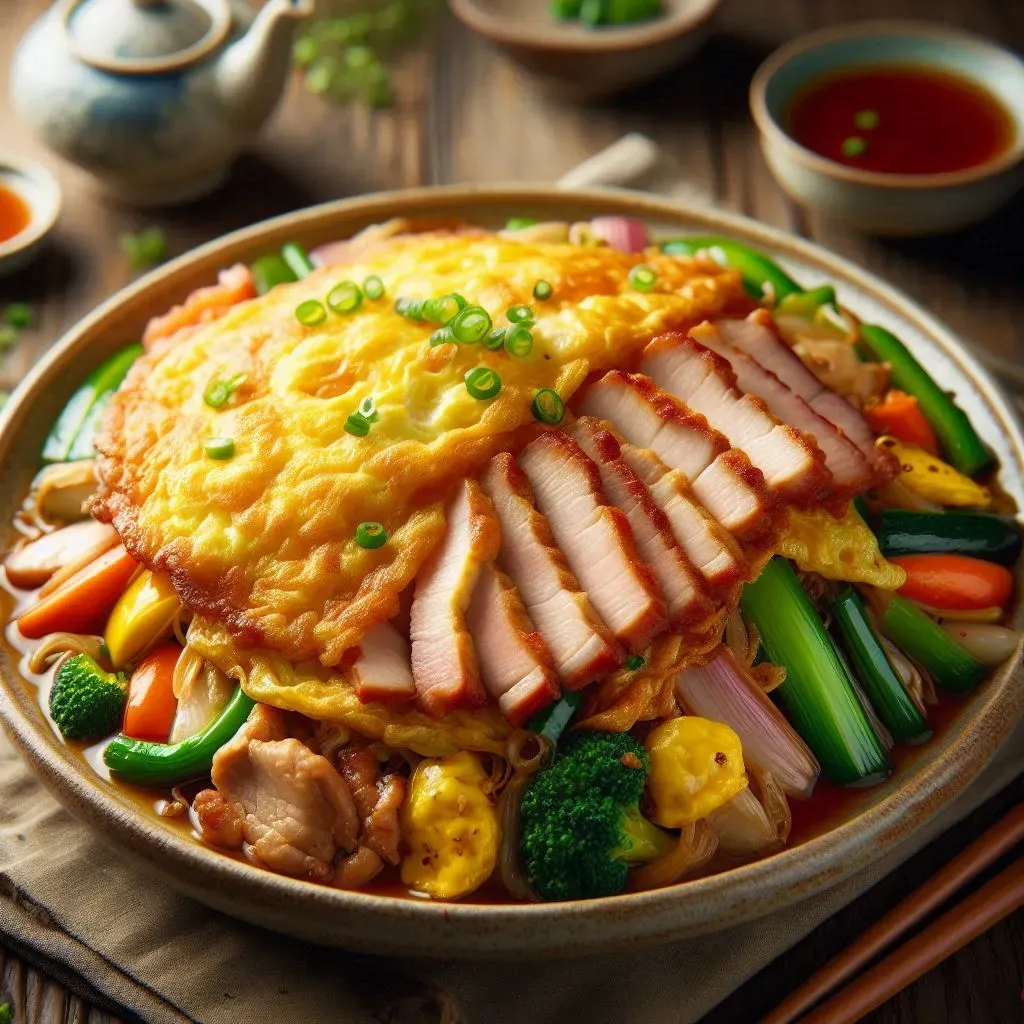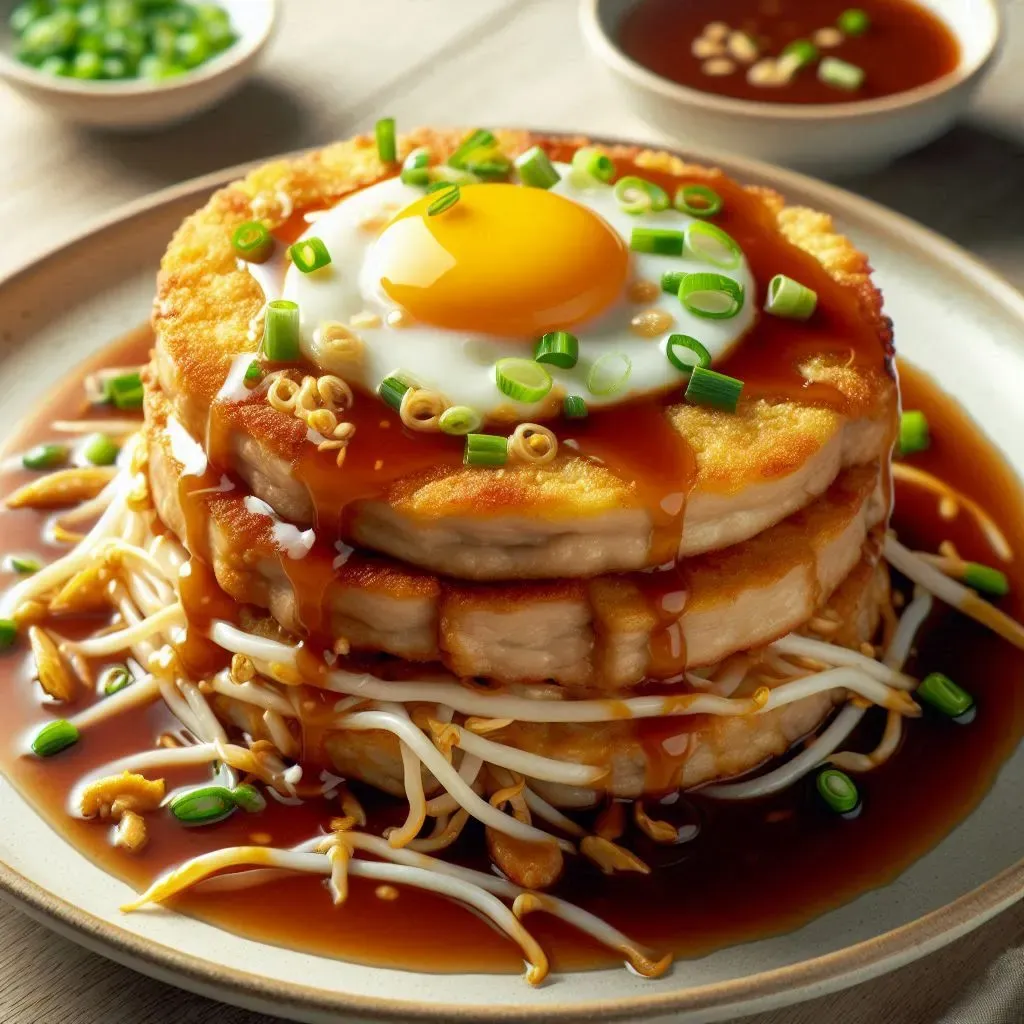
Table of Contents
Ah, beer! The universal language of refreshment, the golden nectar that has been helping humanity bond since some caveman accidentally left his wheat in the rain and decided to drink the funky puddle that followed. Now, you’re probably wondering, “What’s the best beer in the world?” Well, grab a cold one, and let’s take a humorous—and slightly tipsy—tour of the world’s greatest brews. Don’t worry, we’ll stay sober enough to get through this…mostly.
The Eternal Debate: What Is the Best Beer?
First things first, let’s clear something up: the “best” beer in the world is like the best pizza topping—completely subjective, often hotly debated, and capable of ruining friendships. Some folks think IPAs are the nectar of the gods, while others would rather drink bathwater. Your aunt might swear by her home-brewed pineapple lager (which, let’s be honest, tastes like fruit punch and regret), but that doesn’t mean it’s topping any charts.
With that in mind, we’re not here to make enemies. No, my beer-loving friend, we’re here to celebrate a few brews that have achieved legendary status. So buckle up, and get ready for a beer journey that’ll have you questioning if it’s time for a mid-day pint.
1. Westvleteren 12 (Belgium) – The Beer That Requires a Monastic Quest
Let’s start with a beer that is as elusive as a leprechaun riding a unicorn—Westvleteren 12. This dark Belgian ale is brewed by monks at the Trappist Abbey of Saint Sixtus, and I swear, getting a bottle is harder than getting invited to Beyoncé’s birthday party. The monks don’t mass-produce this stuff, oh no. They brew in small batches, and you actually have to call the monastery to reserve your precious bottle.
When you finally get your hands on Westvleteren 12, it’s like opening a treasure chest of liquid gold. Rich, malty, and dark, it’s like drinking a sermon from a beer-loving saint. If Willy Wonka had a brewery instead of a chocolate factory, this would be his Golden Ticket.
2. Guinness (Ireland) – The “Meal in a Glass”
You can’t talk about beer without mentioning Guinness. The most famous stout on the planet, Guinness is as Irish as a four-leaf clover doing the Riverdance. Sure, it’s thick. Sure, it’s dark. But this is no ordinary beer. It’s liquid bread, a meal in a glass that somehow manages to feel hearty without making you feel like you’ve eaten an entire loaf of sourdough.
The creamy head on a freshly poured pint of Guinness is enough to make angels weep. And don’t let the “heavy” appearance fool you—drinking Guinness feels lighter than you’d think, like getting a bear hug from a marshmallow. Plus, if you’re ever feeling guilty about cracking open a pint at noon, just remember: It has been marketed as “good for you” in Ireland for decades. Doctor’s orders, right?
3. Heineken (Netherlands) – The Green Giant
Next up, we have the beer that’s everywhere. You can’t swing a pretzel without hitting a Heineken in almost any bar on Earth. This Dutch pale lager is like the James Bond of beer—always present, always recognizable, and somehow, always just cool enough to not be boring.
Some may call it basic, but there’s a reason it’s so popular. That crisp, clean taste with just a hint of bitterness is perfect for when you want to be refreshed without thinking too hard about it. Heineken is your reliable friend—the one who shows up to the party with chips and salsa. You might not be wowed, but you’re always grateful it’s there.
4. Pliny the Elder (United States) – The Hop Monster
Ah, Pliny the Elder. The IPA that craft beer geeks around the world rave about with the same reverence usually reserved for a new Star Wars movie. Brewed by Russian River Brewing Company in California, this double IPA is as strong as it is hoppy—coming in at 8% ABV and bursting with piney, citrusy goodness.
Drinking Pliny the Elder is like getting hit in the face with a bouquet of hops. It’s bold, it’s brash, and after a couple of pints, you might start getting bold and brash yourself. This beer isn’t just a drink; it’s an experience—one that might lead you to write a strongly worded blog post about the superiority of IPAs.
5. Corona (Mexico) – The Beach in a Bottle
Nothing says “I wish I were on vacation” like a bottle of Corona. This light, crisp lager with a slice of lime jammed in the neck is like sunshine in a bottle. Whether you’re actually on a beach or just pretending to be while avoiding your responsibilities, Corona is the ultimate “relax and forget your troubles” beer.
Sure, it’s not fancy. You won’t see beer snobs swirling it in a snifter glass and talking about “mouthfeel.” But let’s be honest—if you’re drinking Corona, you’re not looking for complexity. You’re looking for a refreshing, easy-going beer that makes life feel a little more like a Jimmy Buffett song. Margaritaville, here we come.
6. Sapporo (Japan) – The Samurai of Beers
From the land of the rising sun comes Sapporo, the beer that’s as crisp as a katana blade and twice as refreshing. Japan may be better known for sake, but Sapporo proves that the Japanese know their way around hops, too. With a clean, light taste and just the right amount of fizz, Sapporo is perfect for sushi nights, ramen binges, or any time you want to pretend you’re dining in Tokyo.
Plus, those silver cans could probably double as armor. Seriously, Sapporo cans are so sturdy, you could build a fort out of them and survive a mild earthquake. Bonus points for durability!


So, What’s the Best Beer in the World?
After all this talk of Belgian monks, stout marshmallows, and IPA punches to the face, what’s the verdict? Which beer reigns supreme?
Here’s the secret: The best beer in the world is the one you’re drinking right now. Whether you’re sipping a rare Belgian ale or downing a cold can of something you grabbed from the gas station fridge, beer is about more than just taste. It’s about the moment. The best beer is the one that makes you smile, whether you’re at a party, a barbecue, or just unwinding after a long day.
So, go on, crack open that cold one. Whatever it is, it’s the best beer in the world right now. Cheers!
Family Food – love a happy home (loveahh.com)
- SpongeBob Party Drink: 2025 In-Depth Guide
- 100 Unique Drink Ideas: A Comprehensive Guide 2025
- How to Make Ginger Beer(6 Steps Funny style)
- Best Ginger Beer(6 Best Choices)
- Fever Tree Ginger Beer Review(Funny Style)
- Ginger Beer vs Ginger Ale(1 In-Depth Guide)
- Best Beer in the World(Legendary Status)
- Corona Non-Alcoholic Beer Review(Funny style)
- Heineken 0.0: The Beer That Won’t Call You at 3 AM
- Best Non-Alcoholic Beer(6 Best Choices)
- How to Make Root Beer at Home: A Simple Guide
- How to Make a Root Beer Float(1 Perfect Guide)
- Best Spongebob Party Drink(2 Perfect Options)
- Best Spongebob Alcohol Drink: Pineapple Punch
- SpongeBob Party Drink: Creative In-Depth 2025
- Creative SpongeBob Party Drink(Dive into the Fun)




